What is the reason why new energy vehicles charge too slowly? As new energy vehicles become more and more popular, charging piles can be seen everywhere, but what is puzzling is that the charging speed is different. At this time, there is a question, “It charges slowly, is it a problem with the charging pile?” 01 Remaining power First, you need to check the remaining power before charging. Generally, the higher the remaining power, the slower the charging speed; conversely, the lower the remaining power, the faster the charging speed. For example, under a fast charging pile, it takes about 35-45 minutes to charge from 20% to 80%, and it takes about an hour to charge from 10% to 100%. 02 Battery temperature When the outside temperature is low, because the battery operating temperature is about 20°C-25℃, the chemical activity inside decreases as the temperature decreases, the battery reaction slows down, and the charging power decreases, making the charging speed slower. When the outside temperature is high, in order to prevent the battery from overheating, the BMS battery system in the car will limit the charging speed during charging. In addition, the vehicle will send a charging threshold to the charging pile during charging, which is generally 95%-98%. When the charging pile detects that the vehicle SOC reaches the threshold, it will automatically stop charging. 03 Natural aging of the battery During the use of the car, repeated charging will cause certain losses to the battery and endurance, which is a normal phenomenon, but it is necessary to avoid long-term discharge and long-term exposure of the vehicle to extreme temperatures, both of which will accelerate battery degradation.
04 Current and voltage As a new energy vehicle owner, it is inevitable that you will need to charge during peak hours, because the charging power of the charging pile is fixed, but if there are many charging customers at the same time during the peak period of electricity consumption, and the output power of a single gun is low, then under the same voltage, the current will be reduced, thereby affecting the charging power and reducing the charging speed.
05 Battery type Different batteries will also have a certain impact on the charging power 1. Lead-acid batteries, due to their chemical reaction characteristics and structural characteristics, charge relatively slowly. 2. Ternary lithium batteries are highly active and have high safety protection requirements. They can store more electrical energy in a relatively short period of time, but their structure and material properties make the charging speed bottleneck. 3. Lithium iron phosphate batteries are highly safe and have a long cycle life, but their conductivity is relatively poor. 4. Blade batteries are a type of lithium iron phosphate battery with a special structure. Its unique long strip structure design increases the heat dissipation area of the battery and can support higher charging power to a certain extent. However, since the basic material is still lithium iron phosphate, its charging speed is still limited by the conductivity of the material itself, but it has performed well among similar batteries.
06 Single-gun and double-gun charging piles
When choosing a charging pile, the charging power of a single-gun charging pile or a double-gun charging pile with the same power will be higher when only one side of the gun is used. When both guns are in use, the power of the double-gun charging pile will be diverted when both sides are in use, and the charging speed will be slower. 07 Battery Part Failure If the internal fuse of the starting battery is damaged or the plug-in fails, the vehicle will not be able to interact with the pile body during the charging display, and the charging cannot be started. The starting battery and circuit need to be checked, and a new battery needs to be replaced if necessary.

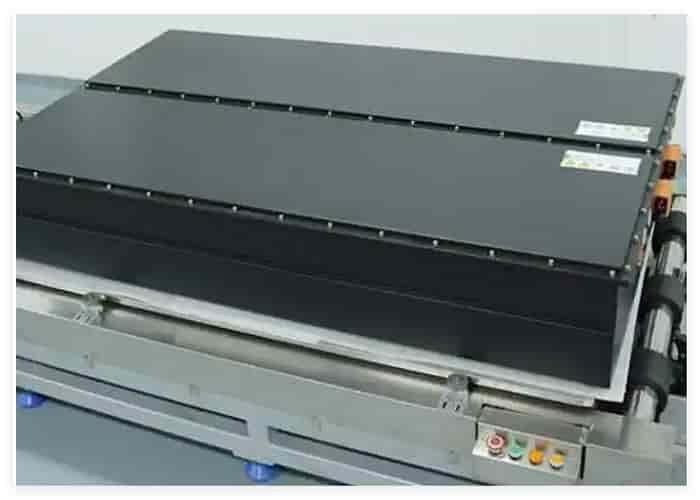
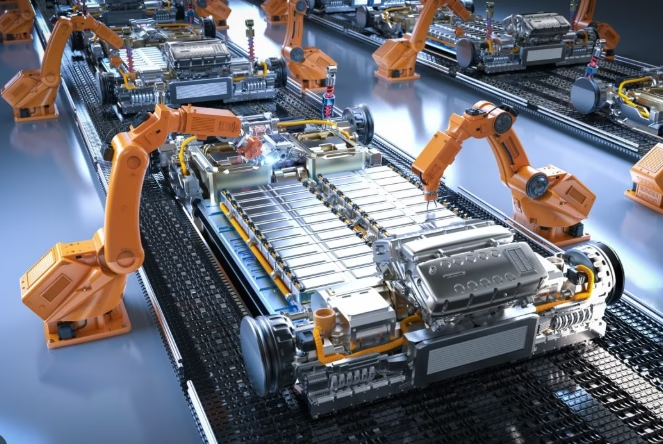




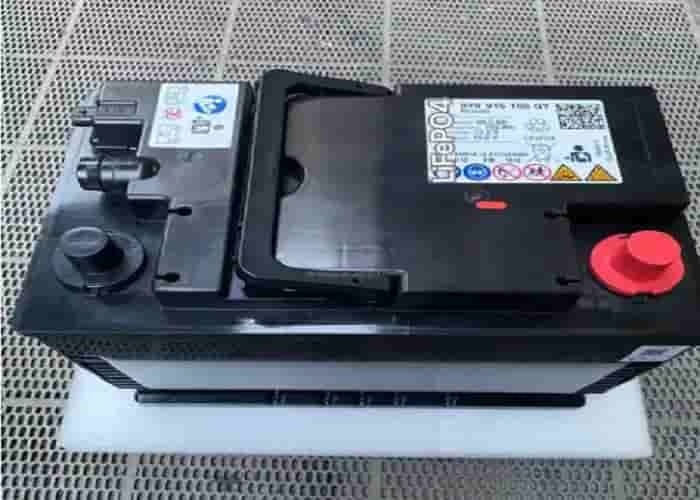
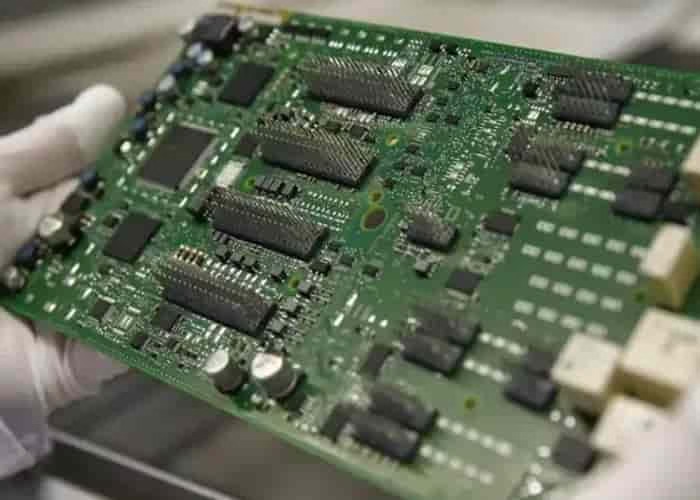

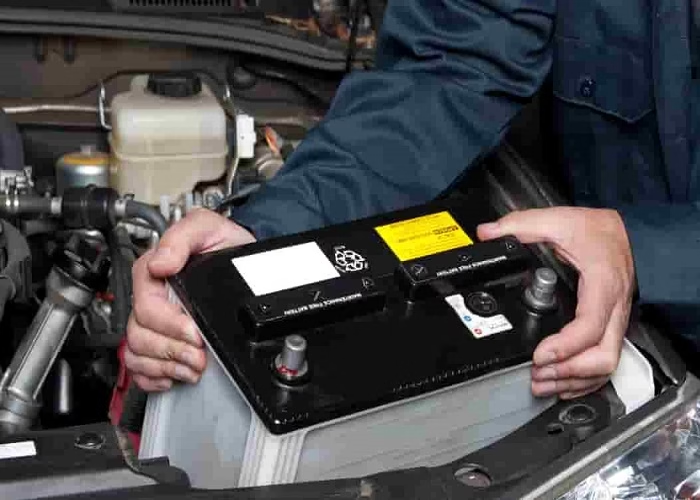




Leave a Reply